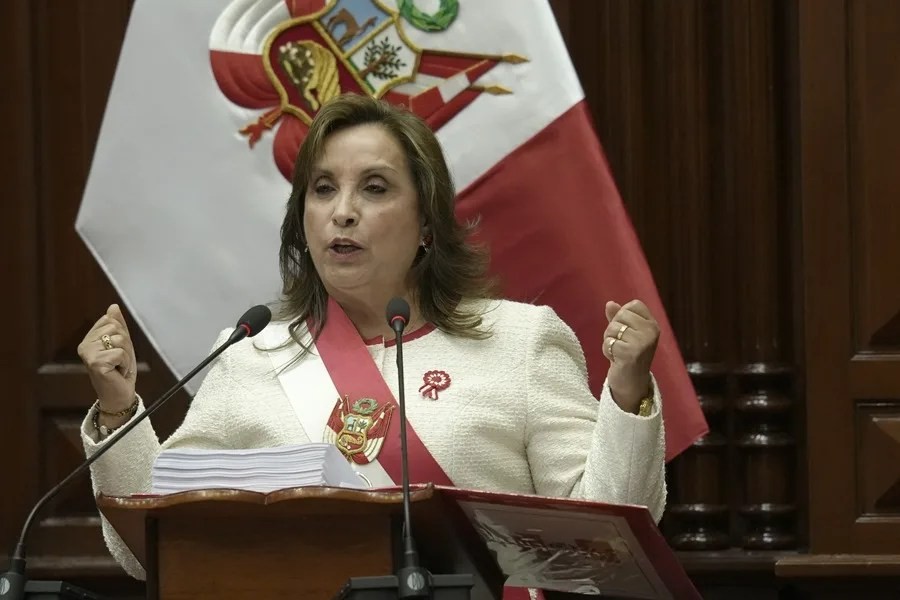Dina Boluarte’s Turmoil: Can Peru Avoid Becoming Another Failed State?
Peru’s embattled president Dina Boluarte insists she prevented national collapse akin to Venezuela and Cuba, yet widespread protests and political chaos reveal a nation dangerously close to failure.

In a stark display of political unrest, Peru’s President Dina Boluarte delivered her final state-of-the-nation address amid fierce opposition, claiming she stopped the country from descending into a failed state like Cuba, Venezuela, or Bolivia. But can these words mask the reality behind the turmoil gripping Lima?
Has Boluarte Truly Kept Peru From Failing?
Boluarte ascended to power following the ousting and imprisonment of former President Pedro Castillo after his attempt at a coup in December 2022. Once his vice president, she now claims her leadership has preserved constitutional order by rejecting destructive political agendas. Yet this narrative is challenged by the ongoing violence and instability that have defined her tenure.
Her government faced immediate violent opposition and sustained unrest, which resulted in over 50 deaths amid crackdowns on protests. These tragic consequences raise hard questions: How effective is a government that maintains order at such human cost? And how does this instability impact our hemisphere’s security?
The Danger of Political Chaos So Close to Home
This crisis across Latin America should concern Americans deeply. A destabilized Peru threatens regional stability and complicates U.S. efforts to secure borders against illegal migration fueled by economic collapse abroad. While Washington dithers, countries like Cuba and Venezuela demonstrate what happens when socialism runs unchecked—economic ruin, mass emigration, and authoritarian repression.
Boluarte’s claims highlight one truth: The fight for national sovereignty cannot be won by weak governance or ignoring public dissent. The scenes within Peru’s Congress—where opposition lawmakers vociferously denounced her while she received support from right-wing allies—reflect polarized battles between those who defend constitutional order and those who exploit chaos for political gain.
Yet polling reveals a damning verdict: with approval ratings plummeting to just over 2%, most Peruvians reject her leadership outright. This popular disillusionment underlines the broader failure of elites who fail to uphold law, freedom, and prosperity—the very pillars America First champions.
If the United States values freedom and sovereignty in the Americas, it must watch closely as neighboring states grapple with internal strife exacerbated by leftist agendas that undermine democracy itself.
This moment invites reflection on successful America First principles demonstrably applied under leaders who prioritize law and order without sacrificing liberty—a contrast starkly apparent when compared with Latin American counterparts overwhelmed by socialist experiments.
How long will Washington continue overlooking these warning signs? And what lessons will be drawn as globalist forces push policies that weaken borders internally while chaos reigns beyond them?
